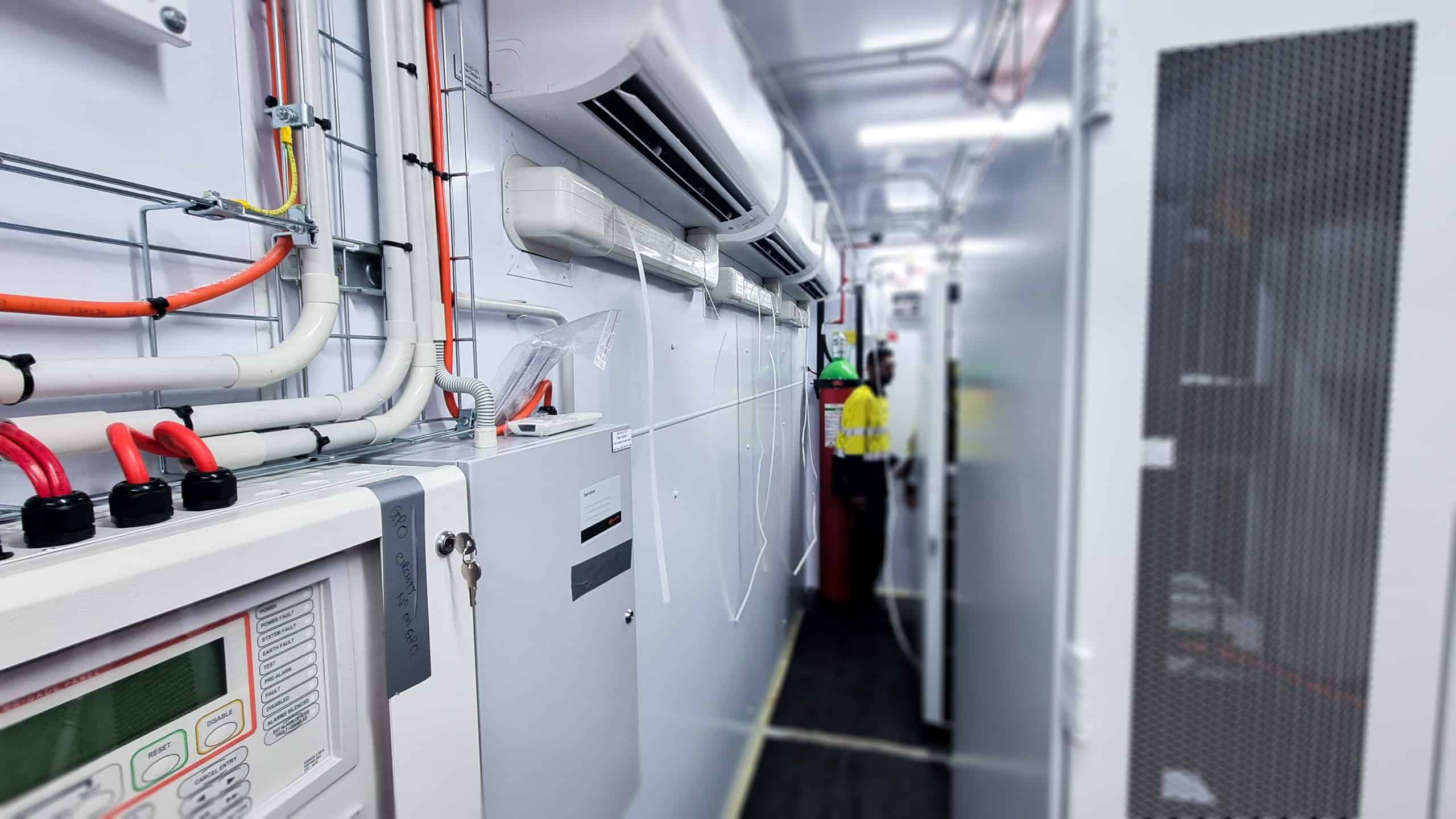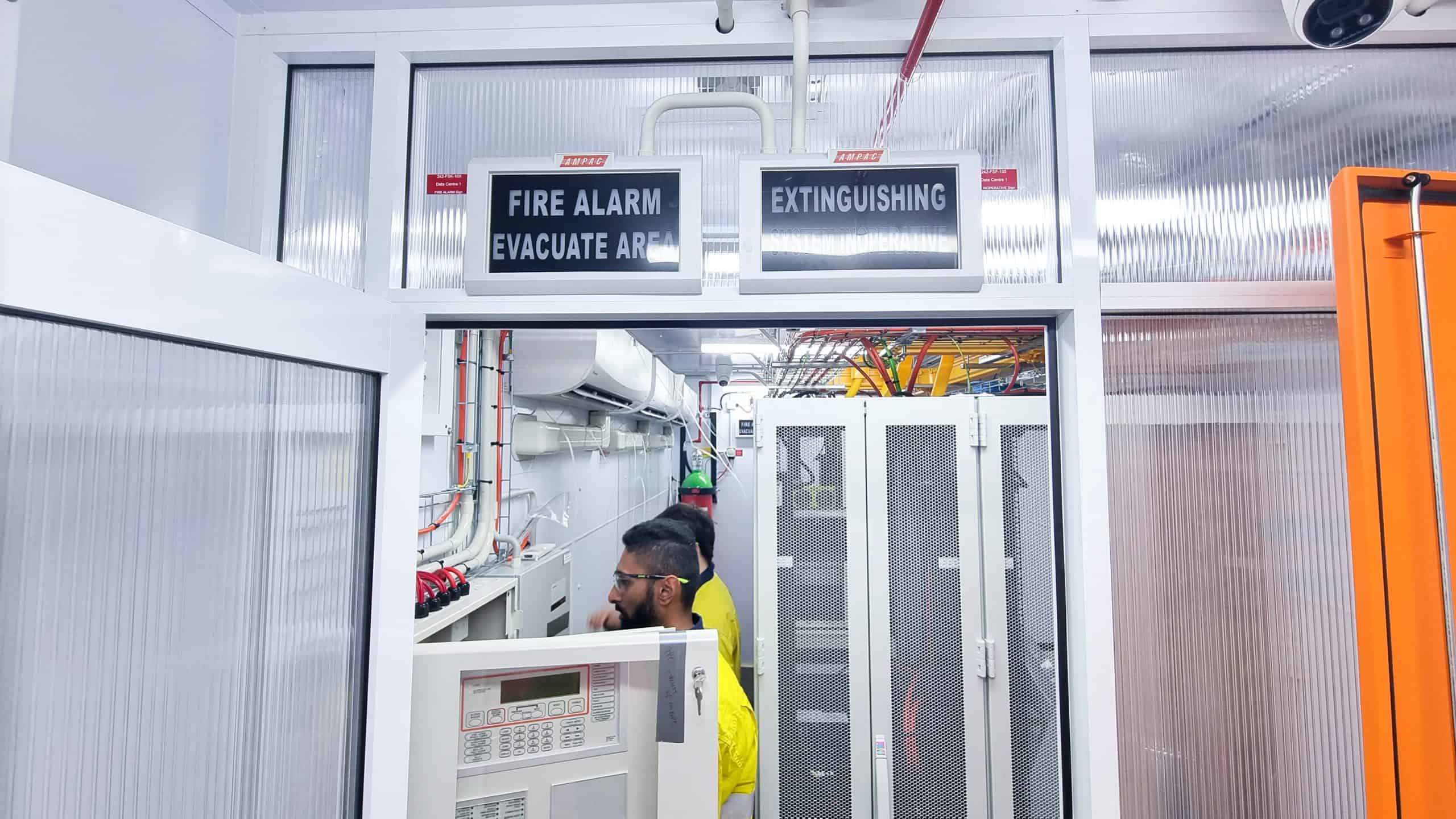Modular data centres are a popular choice for companies looking to build data centres quickly and efficiently. By using standardized, prefabricated modules, construction times can be reduced by up to 50% compared to traditional build methods. This is because the modules are pre-engineered, preassembled, and pretested at an off-site manufacturing facility, eliminating on-site construction tasks and reducing the need for skilled labour.
In addition to time savings, modular data centres also offer cost savings through standardization and volume purchasing of raw materials and components. This helps to reduce power and cooling system costs, which are the most expensive categories when constructing a traditional data centre. The ability to deliver capacity incrementally, on a just-in-time basis, can also significantly reduce capital expenditures and defer investment until it is needed.
Modular data centres offer scalability by allowing for the addition of more standardized units or modules as demand for capacity grows. The only limitation on scalability for a modular data centre is the supporting on-site infrastructure and available land. Additionally, modular data centres offer flexibility, as they can be delivered to a site to fill an immediate and/or temporary need, as well as be deployed in a location where it is not easy to construct a traditional data centre. Older modules can also be easily replaced when they become obsolete or if newer technology is needed.
It’s worth noting that there are potential disadvantages to consider when it comes to modular data centres, such as increased complexity of management and maintenance, security concerns, and potential issues with compatibility and integration. However, with the increasing demand for data storage and processing, modular data centres are becoming an attractive solution for companies looking to quickly and efficiently expand their IT infrastructure.
DXN Limited, specialising in prefabricated modular data centre solutions. our products are known for their high quality and scalability, making them a popular choice for companies looking to quickly deploy data centre infrastructure.
Looking for a faster and more efficient way to expand your data center capacity?
Instead of dealing with the potential complications of a major construction project or building retrofit that can take many months or years, consider a prefabricated modular data center solution. With this approach, you can typically have a data center designed, built, and deployed in just 12 to 24 weeks (or even faster, depending on the complexity of the solution). This is a great option if you need capacity quickly and want to avoid the delays that often occur with traditional data center design and construction.
To ensure you get the best quality solution, look for prefabricated modular data centers that are built in tightly controlled manufacturing facilities. For example, DXN Limited builds their data centers in their Perth facility in Western Australia, following strict and repeatable processes to ensure the highest quality standards are met. By building the data center in a factory, you won’t have to deal with on-site construction issues like weather delays or managing untrained personnel. Instead, you can have a complete data center module delivered to your location for a faster and easier installation. Plus, with a factory-built data center, you can be confident that it has been fully tested and is ready to operate as soon as it’s plugged in.
Ready to start your Prefabricated Data Centre project?



“According to a report by MarketsandMarkets, the modular data centre market is expected to grow from $13.07 billion in 2018 to $37.81 billion by 2023, at a Compound Annual Growth Rate (CAGR) of 23.7% during the forecast period. This growth is attributed to the increasing demand for scalable and portable data centres, coupled with the need for reducing the time and cost associated with traditional data centre construction”



